Tag Archive: distracted driving
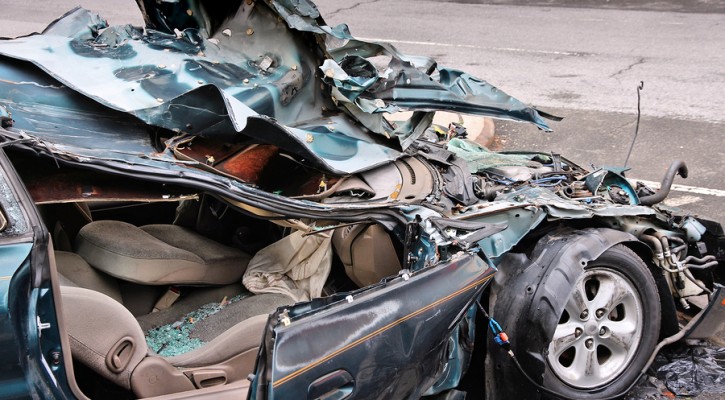
Florida Highway Death Rate On The Rise
January 6, 2016
After years of steady decline, the highway death rate in Florida is now rising at a steady and dramatic rate. The figures, supplied by the Florida Department of Highway Safety and Motor Vehicles, show a disturbing trend.
Florida’s highway death rate in 2015 increased by 8.3 percent compared to the number of deaths in 2014. Traffic injuries between 2014 and 2015 increased by 5.4 percent. The only figures that have gone down in Florida are the pedestrian death rates by 8.2 percent and bicycle deaths by 8.8 percent.
Nationally, the highway death rate had been on a steady decline over the past ten years with really dramatic changes after the economic downturn of 2008. According to the National Highway Traffic Safety Administration (NHTSA), the death rate went from a high of 43,510 deaths in 2005 to a low of 32,479 deaths in 2011; a drop of almost 34 percent. However, figures now show a small but steady rise nationwide.
The fall in the highway death rate had several reasons:
- The economic crash meant fewer people were on the road commuting to work so there were fewer chances of becoming involved in a crash.
- All 50 states finally passed mandatory seat belt laws which led to more people wearing seat belts and surviving crashes.
- In order to get the top safety rating from the Insurance Institute for Highway Safety, manufacturers are building safer cars that can better withstand a crash.
All of those things worked to lower the death rate but now several things are working to increase the death rate:
- The economy is improving; more people are traveling and more goods are being shipped on the roadways.
- Regardless of the fact that cars are being built safer, drivers seem to be more dangerous by allowing more and more things to distract them.
Florida has all of those issues and more:
- With the economy improving, more and more people are moving to Florida. Florida replaced New York as the third largest state by population in December of 2014. Florida’s population is almost 20 million and projections show an estimated population of well over 21 million by 2020.
- The improving economy also means more tourists are traveling to Florida.
- Most cities in Florida have little in the way of mass or rapid transportation so commuters are forced to drive their own cars.
- There is little will in either the US Congress or the Florida Legislature to pay for new or improved highways.
- Florida’s anti-texting law is a secondary offense and very few tickets for texting while driving have been issued since the, basically toothless, law went into effect.
The greater population of full time residents and visitors combined with the epidemic of distracted drivers on Florida’s highways means there will more chances to be involved in a crash. Florida’s drivers need to pay more attention to the road and urge their legislators to make the anti-texting law a primary offense with meaningful penalties.
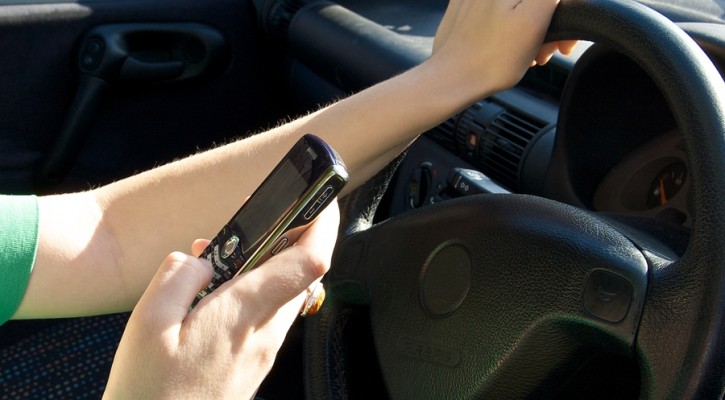
Proposed Bills To Ban Texting, Teen Cellphone Use in Florida
January 27, 2015
Two proposed bills by Florida lawmakers aim to further limit texting and cellphone use by Florida drivers. One bill seeks to make texting behind the wheel a primary offense. The other bill would prohibit the use of cell phones by drivers under the age of 18.
Texting Bill
One of the proposed bills sponsored by Rep. Ray Pilon, R-Sarasota and Rep. Richard Stark, D-Weston, would change Florida’s current anti-texting law from a secondary offense to a primary offense and would add enhanced penalties for those drivers caught texting in school zones or school crossing zones.
Florida’s current anti-texting bill is a “secondary offense” meaning that a law enforcement officer can only issue a ticket if he or she observes a driver texting while, at the same time, committing a “primary offense” such as speeding or running a red light. As a result, very few tickets have been issued for texting since the law went into effect.
Teen Cell Phone Ban
Another of the proposed bills sponsored by Sen. Anitere Flores, R-Miami, would prohibit the use of any type of “mobile telecommunications device” by drivers under the age of 18. Violation of this law would be considered a nonmoving offense.
Graduated Driving License Laws (GDL), are laws enacted in most states to gradually introduce teens to the driving environment. These laws are designed to give give teens more driving experience without distractions by limiting the number of passengers they can carry and by prohibiting the use of cell phones etc. Currently, 31 states prohibit use of cell phones by teen drivers. Fifteen more states place some sort of limitation on cell phone use by teens. Currently there are no limits on cell phone use by Florida drivers of any age.
Last week, the organization Advocates for Highway Safety, released a state-by-state report card based on state driving safety laws. Florida received a failing grade due to the lack of laws such as those proposed above. Even if these proposed bills were passed, Florida would still have less than half of the laws recommended by the Advocates and their passage would only move Florida from the “red zone” (the State falls dangerously behind in adoption of key safety laws) into the “yellow zone” (the State is advancing but has numerous gaps in its highway safety laws).
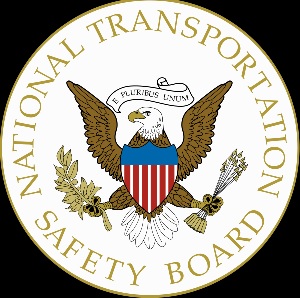
Distracted Driving Top Priority For NTSB
January 21, 2015
The National Transportation Safety Board ( NTSB ) has come out with its list of top safety priorities and, given the nature of the agency’s work, the top pick may be a bit surprising but, for safety experts, it shouldn’t be a surprise at all.
The NTSB is the federal agency known by most Americans as the agency that investigates aircraft crashes and, most often without any living witnesses, are tasked with finding the cause of the crash. However, the NTSB’s mission isn’t limited to aircraft incidents. The NTSB’s mission is to ensure the safety of any type of transportation including; aircraft, ships, trains, and motor vehicles.
It’s the motor vehicle side side of the NTSB’s work that that is drawing the most attention in this year’s list of top priorities. The top item among their list of safety priorities for 2015 is distracted driving.
According to the website Distraction.gov:
- 3,328 people were killed in distraction-affected crashes in 2012.
- An estimated 421,000 people were injured in motor vehicle crashes involving a distracted driver, this was a nine percent increase from the estimated 387,000 people injured in 2011.
- At any given daylight moment across America, approximately 660,000 drivers are using cell phones or manipulating electronic devices while driving, a number that has held steady since 2010.
- Five seconds is the average time your eyes are off the road while texting. When traveling at 55 mph, that’s enough time to cover the length of a football field blindfolded.
To compare; worldwide, there were 459 fatalities as a result of aircraft related incidents in 2013 according to the Geneva-based Bureau of Aircraft Accidents Archives. In 2013 the US had a total of 224 aircraft related fatalities including those aboard the aircraft and people on the ground.
If the US had experienced an aircraft related fatality rate equal to the number of distracted driving deaths, people would stop flying. It’s no wonder then that the NTSB needs to place its top priority on the problem of distracted driving.
Read more: NTSB 2015 MOST WANTED LIST OF TRANSPORTATION SAFETY IMPROVEMENTS
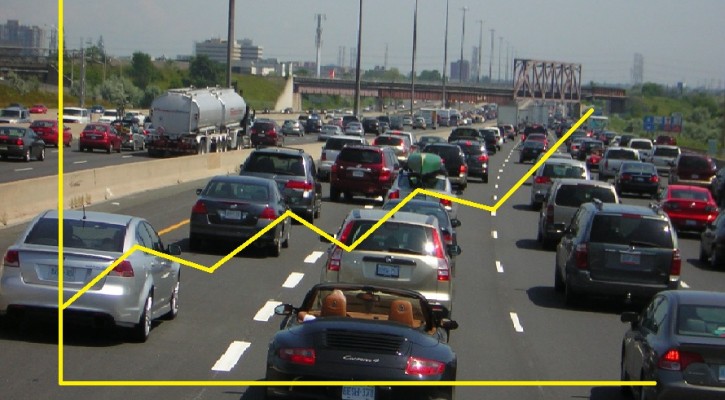
A Single Statistic: Anti-Texting Laws
October 9, 2014
Do Anti-texting laws work? A recent study shows that understanding a single statistic can change the public’s attitude on the need for safe driving laws. With that in mind, we are posting a series of single statistics on a variety of traffic safety issues. Many lawmakers are reluctant to enact driving safety laws because they feel – rightly or wrongly – that the public doesn’t support such reforms. If your state legislature is debating a traffic safety issue, it’s hoped that this single statistic will provide the public with the knowledge needed to make informed decisions that they can then share with their representatives.
The Issue: Anti-texting laws
- According to the Center for Disease Control, 31% of U.S. drivers ages 18-64 reported that they had read or sent text messages or email messages while driving at least once within the 30 days before they were surveyed.
- In 2011, 3,331 people were killed in crashes involving a distracted driver, compared to 3,267 in 2010.
- According to Distraction.gov, 10% of all drivers under the age of 20 involved in fatal crashes were reported as distracted at the time of the crash. This age group has the largest proportion of drivers who were distracted.
- A quarter of teens respond to a text message once or more every time they drive.
The Risks:
- When texting, a driver’s eyes are off the road for approximately five seconds. In five seconds, at 40 mph, a car will travel 330 feet. That’s equivalent to driving more than the length of a football field while blindfolded.
- Engaging in visual-manual subtasks (such as reaching for a phone, dialing and texting) associated with the use of hand-held phones and other portable devices increased the risk of getting into a crash by three times.
Primary or Secondary Anti-texting laws:
- Some states have passed “primary” laws banning texting by all or a portion of their drivers. A primary anti-texting law allows law enforcement to stop and ticket a driver just for texting while driving.
- Other states have passed “secondary” anti-texting laws. With a secondary law, law enforcement can only issue an anti-texting ticket to a driver if they witness a driver engaged in another primary driving offense such as speeding or running a red light while texting.
To see a list of states with primary or secondary cell phone and anti-texting laws, visit: Cellphones and texting
The Single Statistic:
According to a study by the University of Alabama at Birmingham School of Public Health:
- Primary anti-texting laws were associated with a three percent reduction in traffic deaths among all age groups.
- Primary texting laws that only target young drivers were associated with an 11 percent reduction of fatalities among the 15 to 21 year age group.
- States with secondarily enforced or no restrictions did not see any significant reductions in traffic fatalities.
Find your representative:
If you wish to share your thoughts on this issue with your state representatives, you can find their contact information by visiting: Find Your State Legislator – Open States
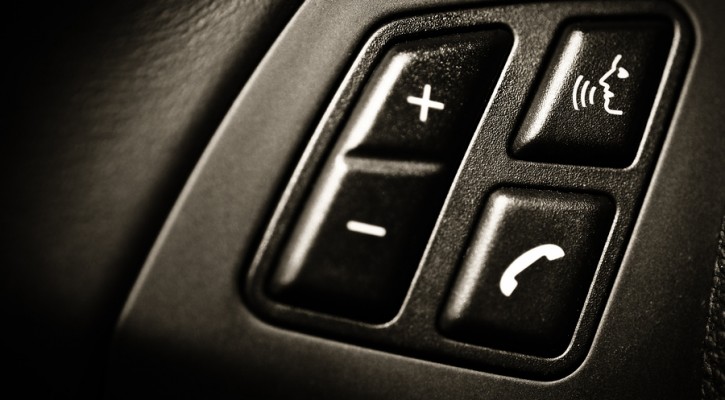
Are Technology Companies Trying To Kill Us?
October 7, 2014
To stay competitive, computer technology companies are always in a rush to come out with the latest and greatest new gizmo that people didn’t even know they wanted or needed. When it comes to motor vehicles, some of the new technology can help to make driving safer but most of the new technology will, in all probability, add to the dangers on the road. Let’s look at some of the latest innovations and how they could impact driving safety.
Wireless Connectivity
We’ve already addressed the push by the federal government to develop wireless connectivity in motor vehicles to enable cars to “talk” to each other. It’s hoped that this technology (known as Vehicle-to-Vehicle communication, or V2V) will warn a driver if another car is on a collision path. It could save a lot of lives but that technology is quite a few years away. However, automakers and mobile phone companies are rushing to add wireless technology to cars now; not to keep track of other vehicles other vehicles but to allow vehicle occupants access to the web at all times. The argument could be made that they aren’t advocating that drivers use computers but, human nature being what it is, many will be tempted to use their computers while driving.
Google Glass
With Google Glass, a driver won’t need a laptop. He or she can have access to a computer screen at all times. The inventors of this device say the underlying principle isn’t meant to distract but rather to connect people more to the world around them. Regardless of their intentions, reading emails or viewing stock reports while driving is a major distraction. Google is currently fighting efforts by some states to ban the use of Google Glass while driving.
Apple Watch and Android Wear “wristwatches”
Both Apple and Google are competing to put full computer technology into a wristwatch sized device. Both advertise the ability of their watches to allow the user to receive texts and emails. Now a driver can try to read his or her emails on a teeny tiny screen. A driving safety organization in Great Britain has already published a warning about the dangers of Apple Watch.
Bluetooth
Several automakers have incorporated Bluetooth technology into their cars enabling the driver to make hands free calls by syncing the driver’s phone to the car radio,. While at first, this may seem like a better option but a recent joint study by AAA and the University of Utah shows that the opposite is true. The results of their research show that using a hands free phone can be more distracting than just picking up the phone itself.
The best advice remains to put down the phone/ glass/watch and just concentrate on driving.
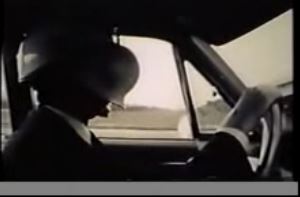
Blinding A Driver To Study Driver Distractions
August 18, 2014
By deliberately blinding himself on and off to study driver distractions, a researcher in 1963 took research to a new level while driving on a Boston highway. This mid-20th century experiment seems to anticipate one of the 21st century’s most dangerous driving issues. This is basically the same thing experienced by a driver while texting. Continue Reading
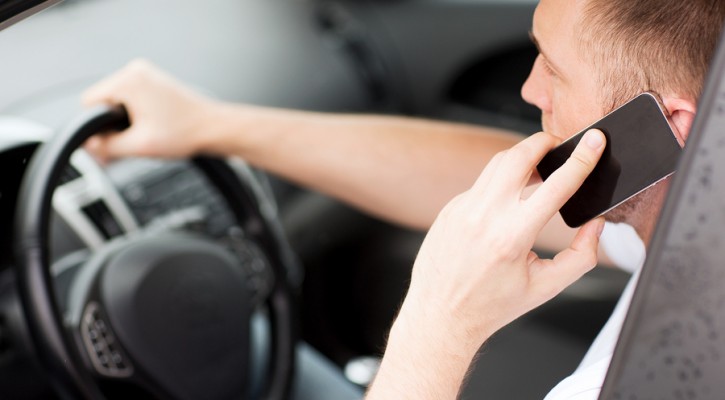
Austin TX Proposes Hand-held Cellphone Ban
August 8, 2014
Safety officials are proposing a ban on hand-held cellphone use while driving in the City of Austin Texas. If passed by the city council, the proposal would make it illegal to talk, text or use a cellphone behind the wheel of a vehicle. Drivers could still use their cellphone to call 911.
What these officials don’t seem to realize is that it isn’t the act of holding a cell phone in your hand while driving that’s dangerous, it’s the act of carrying on a cellphone conversation while driving. Several studies have shown that whether the phone is hand-held or hands-free, the dangers are still the same because the problem stems from what the brain is doing and not the hands. Continue Reading
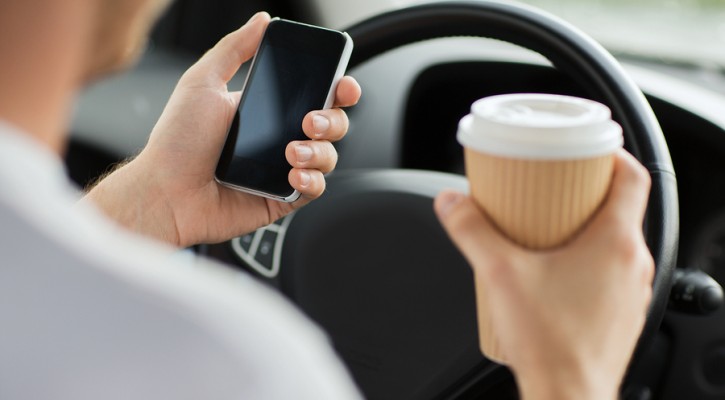
Do Anti-Texting Laws Work?
July 9, 2014
In a study published in the American Journal of Public Health, researchers looked at traffic deaths in 48 states over a ten year period (2000-2010) and compared traffic deaths in states with texting bans to states without. In those states with texting bans, they compared traffic fatalities within the state before and after the texting ban went into effect. For states with primary anti-texting laws, the results are positive. Read more: The impact of texting laws on motor vehicle fatalities
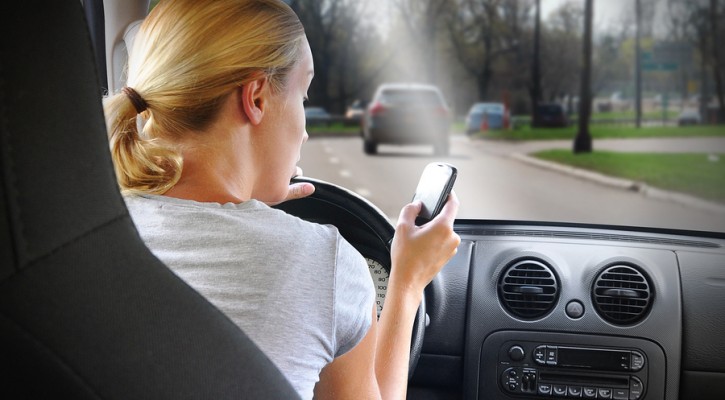
Which states have the highest texting and driving fines?
December 30, 2013
Though fatal car crash rates seem to be on the decline, texting and driving ultimately remains a national health issue. However, fatal car crashes as a result of cell phone use (texting, talking, or even reaching for your phone) are definitely increasing. This is supported by the fact that the main cause of death among teen drivers is texting, and not drinking. As a result of the harrowing figures associated with texting and driving, 46 states have decided to pass legislation banning the action, yet fines differentiate throughout the country.
States and their accompanying fines
If you live in California, a maximum penalty for a first-time offender could remain as low as $20, while the State of Alaska will cite you for $10,000 and a year in prison. In a simple twist, some states do not allow officers to pull over a motorist solely for cell phone use, but will allow them to cite the driver on top of another penalty. Some other states that impose hefty fines are Maine, Indiana, and Oregon ($500 each), as well as Utah ($750). Other states with fines $100 and up include: Georgia ($150), Mississippi ($100), North Carolina ($230), Virginia ($125), West Virginia ($100), Nebraska ($200), Washington ($125), Wisconsin ($400), Minnesota ($135), North Dakota ($100), Michigan ($100), Ohio ($150), New York ($243), Pennsylvania ($140), Louisiana ($175), and Hawaii ($200).
States with little or no fine incurred
Some states are a bit behind schedule in dealing with this issue, as states like, South Carolina, Arizona, Montana, and South Dakota currently do not have a ban on the action. States such as, Texas, Oklahoma, New Mexico, Alabama, and Missouri place bans solely on new drivers or bus operators when it comes to texting and driving. This is quite shocking, for an article found on motherjones.com claims that there are 660,000 drivers using phones or electronic devices during any given time of the day! Though 95 percent of drivers claim that texting and driving is obscenely dangerous, only 35 percent have admitted to reading a text while driving within a 30 day period. Surely the states that are lacking anti-texting legislation will be on board soon, for their crash rates are much larger than those with the bans.
What can be done?
To avoid texting and driving fines, you simply need to not text and drive. As contrite or “played out” as it may sound – it is not worth it! For more information on statistics regarding texting and driving, simply visit itcanwait.com, which is a great anti-texting-and-driving campaign that has garnered a majority of the public’s attention. So be safe out on the road over this holiday season; you don’t want that text to be your last.
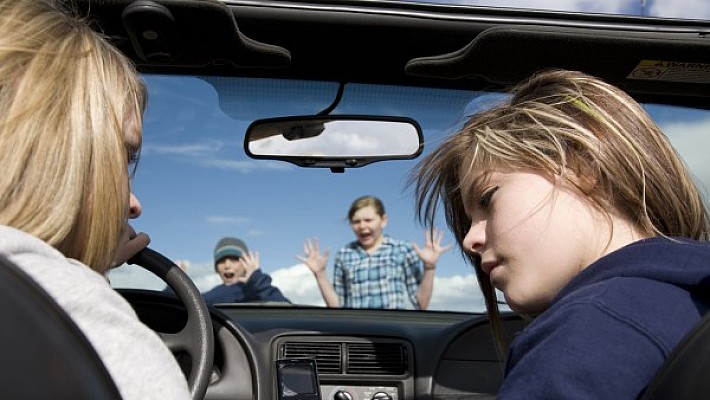
Florida ‘Texting While Driving’ Ban Now in Effect
December 7, 2013
Following public outcry for anti texting and driving legislation, Florida has now jumped aboard that ship. On Tuesday, October 1, Governor Rick Scott signed SB 52 into law. The bill, which was championed by Senator Nancy Detert, has taken the past four years to be signed into law.
Under SB 52, Florida now joins the majority of states in the U.S. in adopting this type of legislation. As a secondary offense, however, drivers must be stopped for a separate traffic offense prior to being ticketed for texting and driving.
“As a father and a grandfather, texting while driving is something that concerns me when my loved ones are on the road,” said Scott. “The 100 days between Memorial Day and Labor Day are known as the deadliest days on the road for teenagers.”
Teenagers are not the only ones texting and driving, though. A 2012 study conducted by the AA Foundation for Traffic Safety found that two-thirds of drivers admitted to reading a text or email while driving. Some advocates, however, feel that the new legislation does not go far enough, due to texting becoming a “secondary offense.”
“It’s too weak,” explained Steve Augello from Spring City, whose daughter was killed by a distracted driver. “A $30 fine? A teenager that works in McDonalds could afford a $30 fine, so it’s not going to make too much of a difference.”
“I think a year of secondary enforcement is good,” said Senator Maria Sachs. “This will begin to change the culture, but I feel that it really should be a primary ban.”
The Florida seat-belt law was signed into law in 1986 as a secondary offense, but it wasn’t until 23 years later that more restrictions were place on drivers. In a 2009 bill, sponsored by Representative Irving Slosberg, which gave police the authority to stop and ticket motorists for not wearing seat belts.
Slosberg has based his legislative career on traffic safety, and also feels that the punishment attached to the bill is too lax. Slosberg claims that the bill was gutted by powerful lawmakers in three camps: people who do not like police, those who proudly text and drive (they exist?), and people with libertarian political leanings.
“[This] started off as a primary [offense, but] turned out to become a secondary offense,” said Slosberg. “You can text in traffic jams, you can text at red lights, it’s only $30 for a ticket, and police cannot even confiscate cell phone records unless you kill or seriously injure someone.”
Last year in Florida, there were over 4,500 accidents associated with distracted driving via the use of electronic devices. Of these crashes, there were 255 crashes directly linked to texting, though many feel that the actual number caused is much higher.
